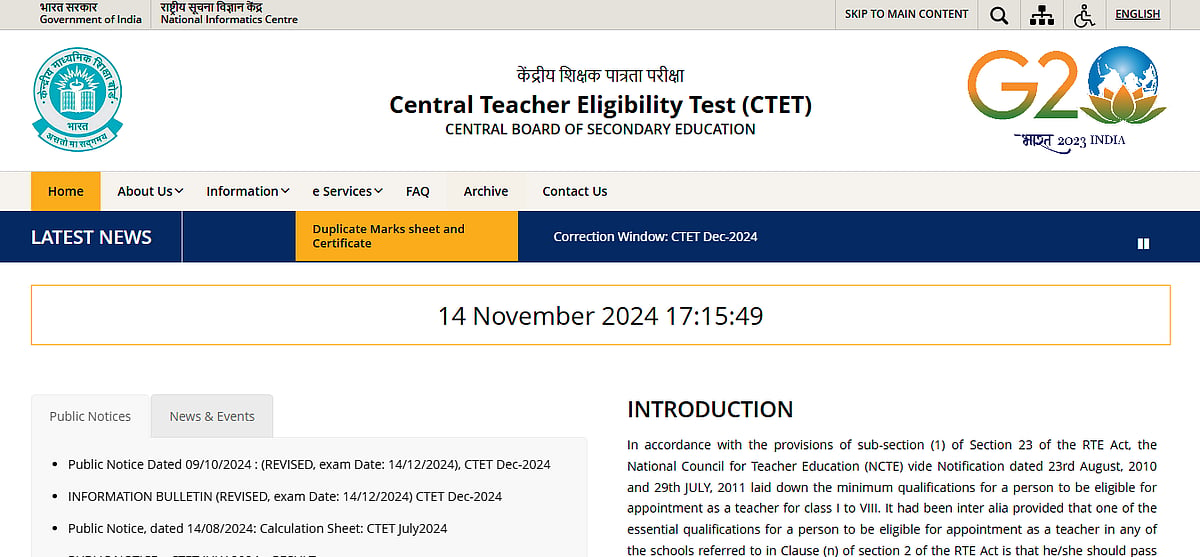According to NASA, on the evening of May 15, Earth will pass between the Sun and the Moon, blocking sunlight and casting a shadow on the lunar surface. The eastern half of the United States and all of South America will have the opportunity to see every stage of the lunar eclipse. Totality will begin at 11:29 a.m. EDT on May 15 (3:12 UTC on May 16) and will be visible in much of Africa, western Europe, Central and South America, and most of North America.
What is a lunar eclipse?
A lunar eclipse occurs when the Sun, Earth, and Moon align so that the Moon passes into Earth’s shadow. In a total lunar eclipse, the entire moon falls within the darkest part of Earth’s shadow, called the umbra. When the moon is within the umbra, it will turn a reddish hue. Lunar eclipses are sometimes called “Blood Moons” because of this phenomenon.
How to observe the Lunar Eclipse?
A dark environment away from bright lights makes for the best viewing conditions. Binoculars or a telescope will enhance the view, but you don't need any special equipments to observe the lunar eclipse.
Is it visible in India?
No, but can we see it? Yes! through NASA's livestreams of the eclipse from locations across the globe! They'll also host an episode of NASA Science Live, from 11 p.m.–12 a.m. ET.












